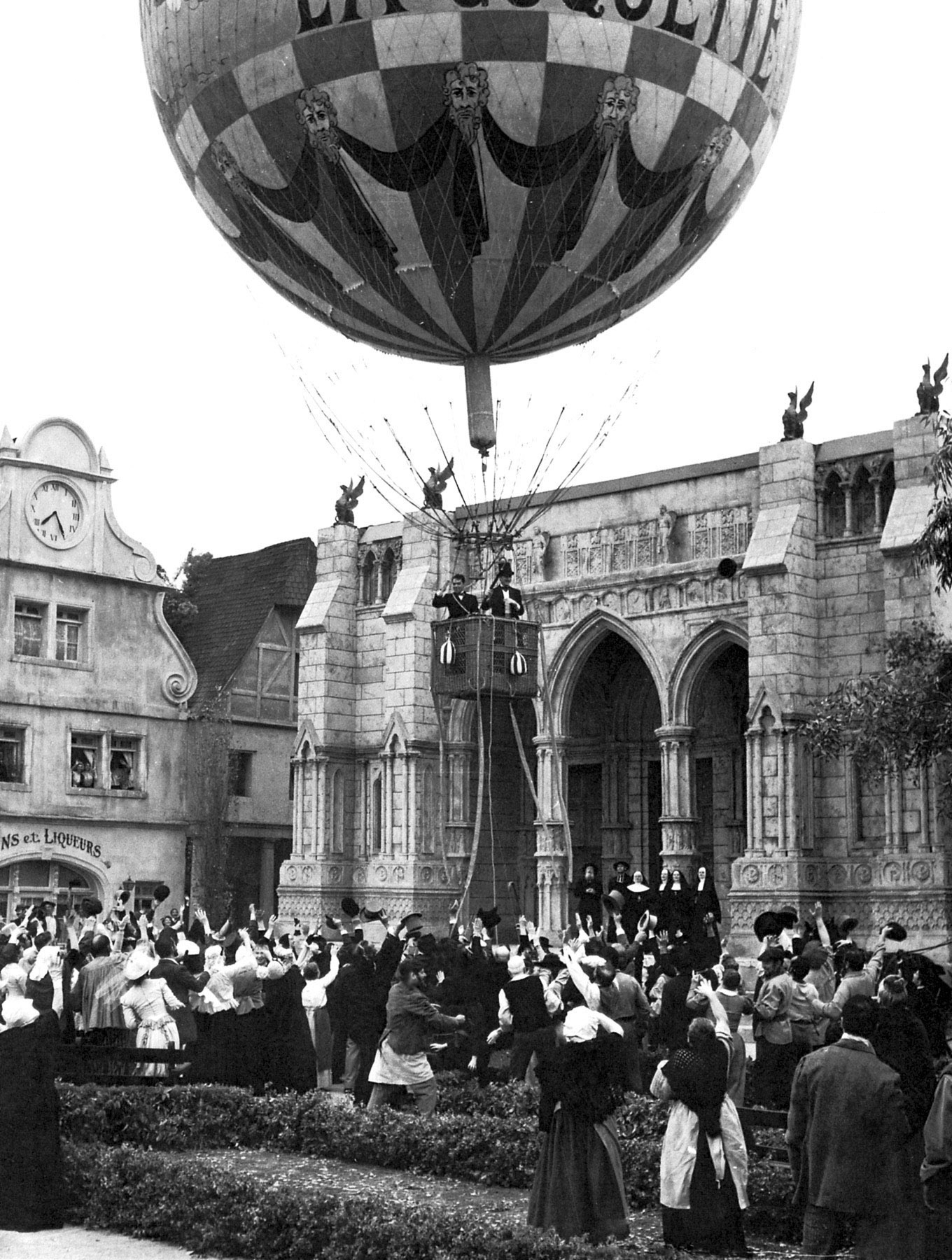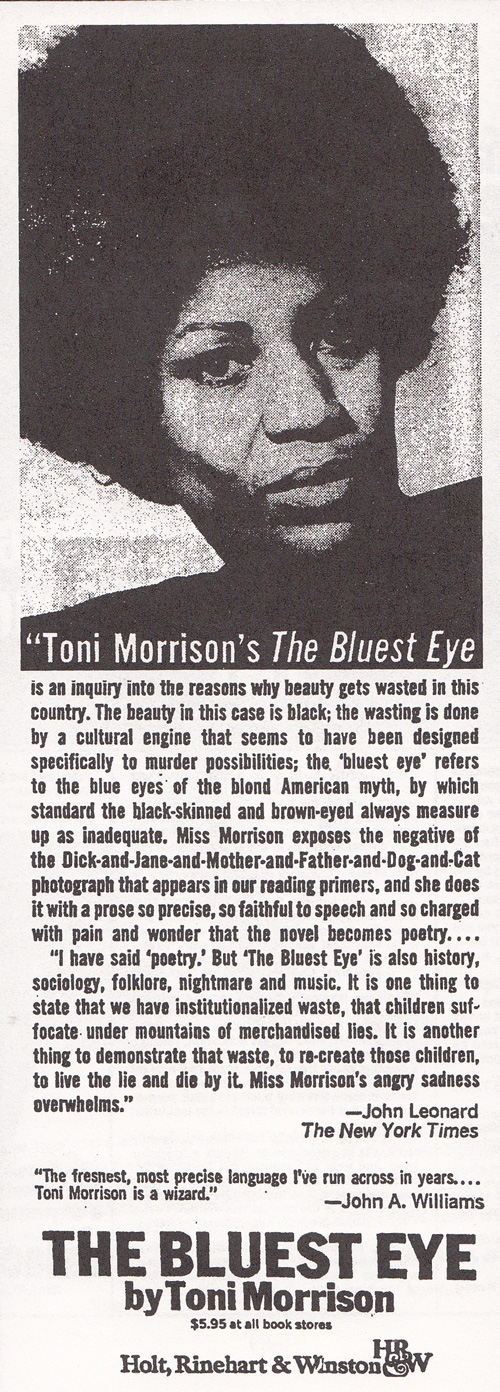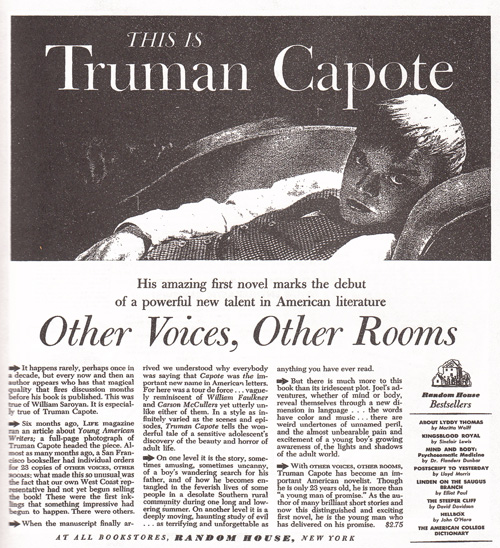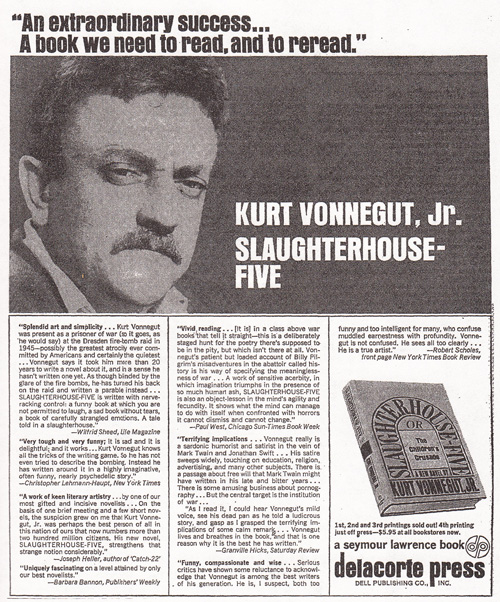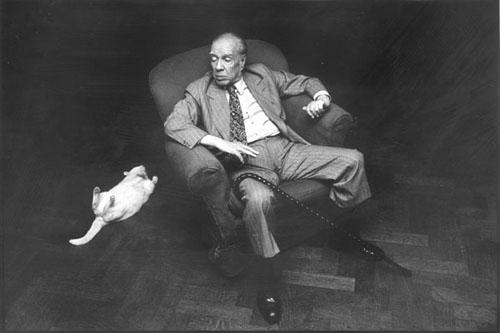“Mrs. Dalloway said she would buy the flowers herself.”
Wait,
what? Who is Mrs. Dalloway? Who’s she talking to? And what is it
she buying flowers for ? All great
questions, and all great reasons for the reader to read further. By starting
Mrs. Dalloway in the middle of things, Virginia Woolf forces the reader to snap to attention.
We feel like we’re one step behind and we’d better pull ourselves together if
we’re going to make heads or tails of the story.
It’s kind of counterintuitive,
but when we're forced to cut to the chase we become highly attuned to the
character descriptions, background details and other exposition that she’ll
dole out as the story unfolds- probably even moreso than if we picked up the
same story to read “Mrs. Dalloway was self-conscious about her role in London
high society, blah, blah, blah…”
Here
are some other examples of novels whose characters come out of the gates
blabbering:
“—Money . . . in a voice that rustled.” (William Gaddis, J R )
You better not never tell nobody but God. (Alice Walker, The Color Purple )
"To be born again," sang Gibreel Farishta tumbling from the heavens, "first you have to die." (Salman Rushdie, The Satanic Verses )
"Take my camel, dear," said my Aunt Dot, as she climbed down from this animal on her return from High Mass. (Rose Macaulay, The Towers of Trebizond )
"When your mama was the geek, my dreamlets," Papa would say, "she made the nipping off of noggins such a crystal mystery that the hens themselves yearned toward her, waltzing around her, hypnotized with longing." (Katherine Dunn, Geek Love )
I’m
actually surprised this isn’t used more than it is. My guess is that people
think it’s a gimmick, but I think it’s pretty darned effective. You?

.bmp)





